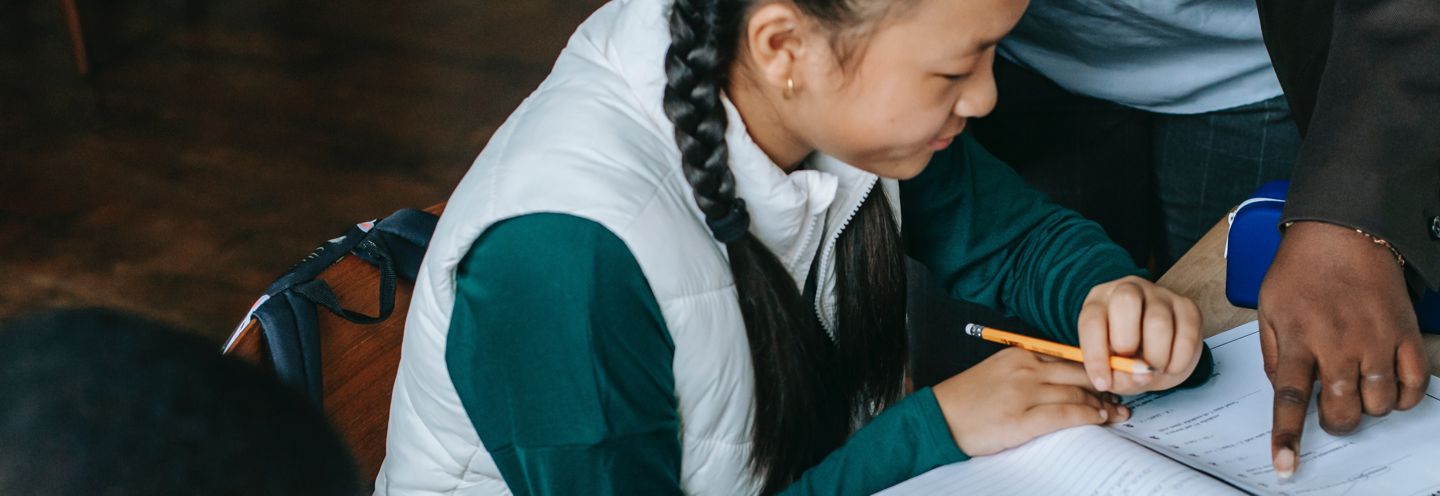Teacher Resources | 383 Results

Have you ever seen a photo or video online that seemed too good to be true? With today's technology, it's getting harder and harder to tell what's real and what's fake, especially with things called

In this lesson, students apply their searching and critical thinking skills to learn how to find legitimate online sources for downloading and streaming movies, music and videos.

In this lesson students learn how to create well-defined search strings and to use tools and techniques such as bookmarking, browser filters and search engine preferences to avoid unwanted material.

This four-lesson unit on search skills and critical thinking teaches students how to target and specify their online searches to avoid unwanted results, how to judge whether a link, search result or

In this lesson students learn how to authenticate online information by comparing “facts” from the website www.allaboutexplorers.com with more authoritative sources.

This lesson helps students recognize and understand stereotyping and bias in literature and film by looking at representations of wolves.

This lesson considers how the media portrays women in politics. Students explore capsule biographies of female political leaders, from ancient times to current events – crafted from snippets of media

Factors to keep in mind when prioritizing kids' media healthChildren under two should spend as little time with screen devices as possible, except for video-chats with people they know offline and

In this lesson, students become aware of the types and amounts of violence in children's programming, and how media violence influences young viewers.

Talk Back! How to Take Action on Media Issues gives you the tools to talk back to media companies.

